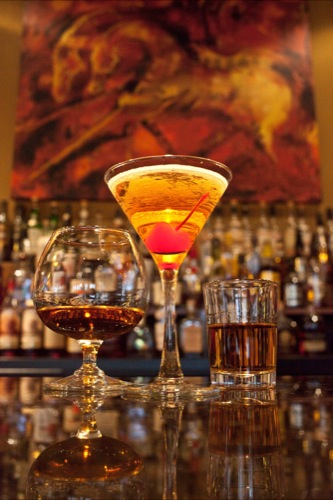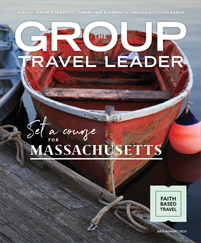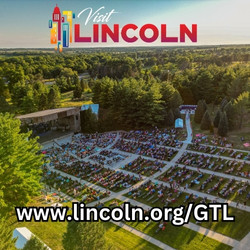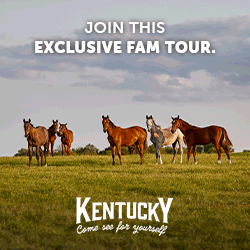
Photo by Marty Pearl
That was a phrase I heard often as I explored Kentucky’s Bourbon Country, a region of rolling bluegrass hills roughly within a triangle from Lexington to Louisville to Bardstown.
“Ninety-five percent of all bourbon is made in this small central area here in Kentucky,” said Jimmy Karey, a guide at the Buffalo Trace Distillery in Frankfort, one of several distilleries in the area that offer informative tours. “We are in the cradle of bourbon production.”
Bourbon, designated a native spirit by Congress with strict rules on what qualifies as bourbon, has experienced an explosion in popularity over the past decade, both as a drink and in drawing tourists to Kentucky.
Although Bardstown proudly proclaims itself the “Bourbon Capital of the World,” the region is also the heart of Kentucky’s world-famous horse industry, with Lexington laying claim to the title “Horse Capital of the World.”
Most of the sites associated with Kentucky’s famous native son Abraham Lincoln are also there, making for a powerful triumvirate of themes for visiting groups, who could easily visit a Lincoln site, tour a distillery and catch a horse race in the same day.
The Kentucky Bourbon Trail, a 14-year-old consortium of seven distilleries that have visitor centers and tours, saw a 15 percent increase in visitors last year, topping the half-million mark for the first time, with visitors from all 50 states and 50 countries.
Adam Johnson, executive director of the trail for the Kentucky Distillers Association, said there are a variety of reasons why bourbon has become such a large tourism generator for Kentucky.
“There are a lot of factors,” he said. “One is the rise in bourbon popularity as a drink; more people are being exposed to it. Another is the interest in local products; you can see where it is made, meet the distillers.
“And there is the cocktail culture; people are trying different cocktails, and that plays to bourbon’s strength. Also, there are so many things happening in Kentucky with the state’s ‘There’s Only One Kentucky’ marketing slogan.
“But word of mouth is the No. 1 way people are finding out about us.”
“Bourbon overall is huge for us,” said Dawn Ballard Przystal, vice president of tourism and marketing for the Bardstown-Nelson County Tourist and Convention Commission. “It’s an American product, and people want to see how it is made. And most distilleries have such good stories behind them. It has such history, tradition and heritage.”
Bourbon Basics
Most of the distillery tours are a combination of that history, tradition and heritage, along with technical explanations of how bourbon is made.
You learn that bourbon has to be at least 51 percent corn, and it has to be aged at least two years in new, charred white oak barrels — it’s the charred wood that gives bourbon its distinctive color and taste because no additives or coloring can be inserted into bourbon during its creation.
There are also restrictions on the bourbon’s proof (concentration of alcohol) when it goes into the barrel, while it’s in the barrel and when it’s bottled. Most tours also take you to the warehouses where tens of thousands of 53-gallon barrels are stored, some for 10 years or more.
Johnson pointed out that while they may have much in common, all of the distillery tours are distinct.
“Sure, there is repetition in what makes bourbon, but you see how everyone has a little different approach,” he said. “You come out of there as a true bourbon ambassador.”
All of the distilleries have recognized the value of visitors. Four Roses in Lawrenceburg, Jim Beam in Clermont and Maker’s Mark in Loretto unveiled new and improved tourism experiences last year, and a new visitor center will open at Wild Turkey, near Lawrenceburg, this summer.
Town Branch, the newest member of the trail, opened its sparking new distillery in downtown Lexington last fall, the first distillery built in Lexington in more than 100 years.
Also on the Kentucky Bourbon Trail are Woodford Reserve near Versailles and the Heaven Hill Bourbon Heritage Center in Bardstown. Buffalo Trace is not a member of the trail.











